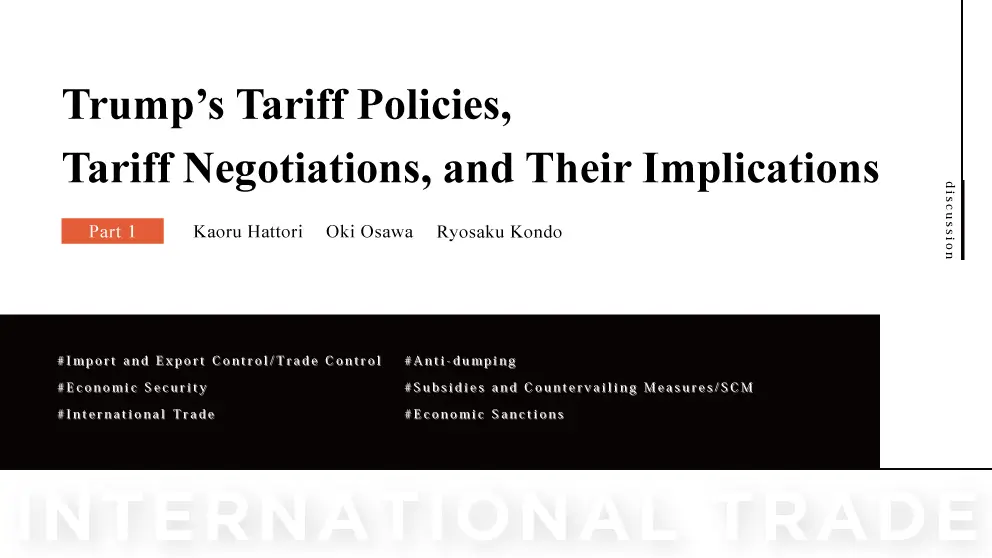

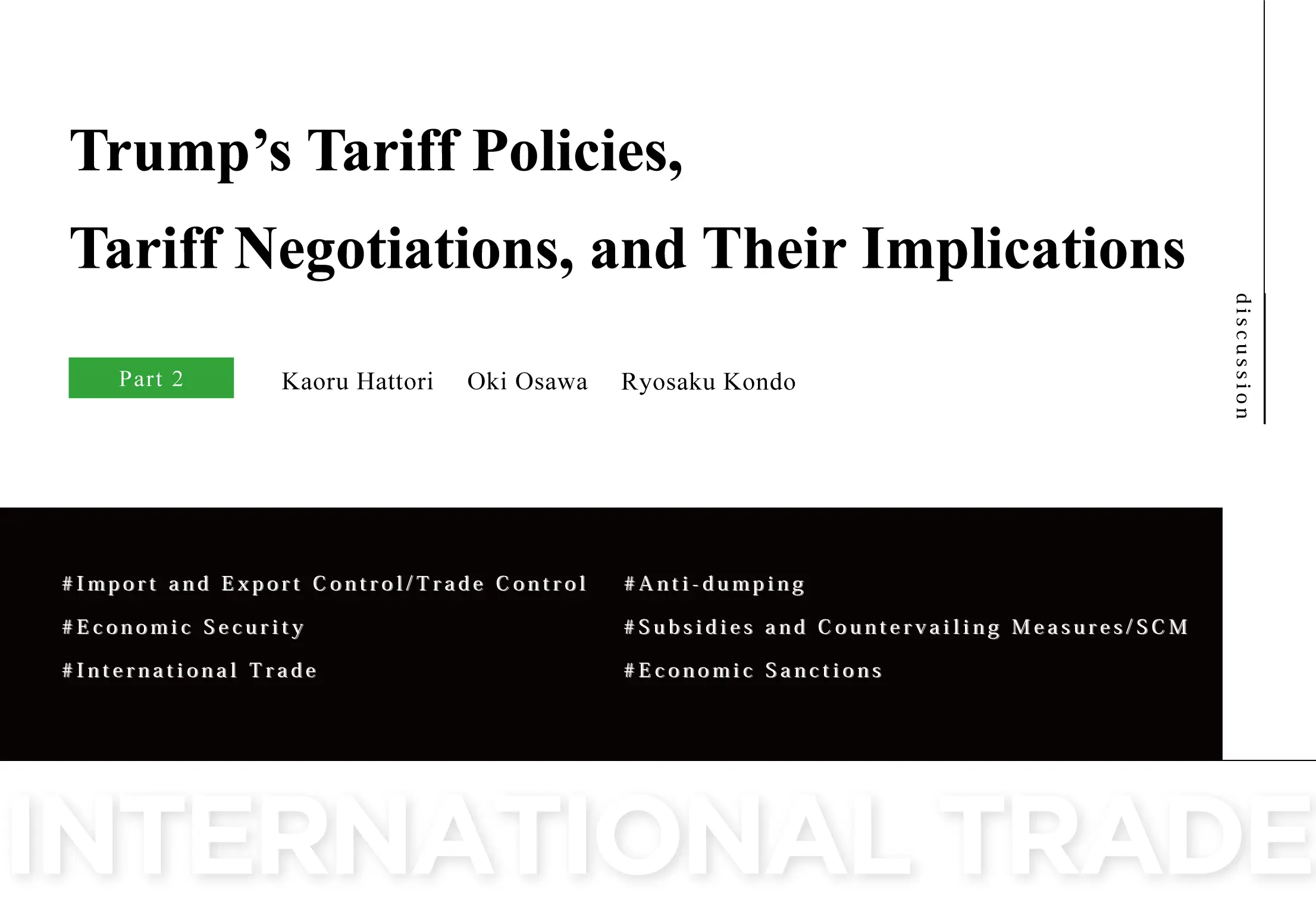


President Trump, who refers to himself as “Tariff Man,” announced a substantial increase in tariffs on imports from all countries immediately following his presidential re-inauguration in January 2025. He further declared the introduction of “reciprocal” tariffs targeting countries with large trade deficits with the United States, sending shock waves through the global economy. Following these announcements, a series of tariff negotiations ensued between various countries, and Japan was no exception. Minister Ryosei Akazawa made multiple trips to the U.S. for discussions with U.S. officials, and in July 2025, it was announced that an agreement on tariff measures had been reached between Japan and the U.S. The tariff policies of the second Trump administration have had a significant impact on Japanese companies. However, they were difficult to anticipate and were subject to revision depending on changing circumstances, even after they were announced. This left many Japanese companies struggling with how to respond. In this roundtable discussion, attorneys-at-law and trade and customs experts Kaoru Hattori, and Ryosaku Kondo, and Oki Osawa, an attorney-at-law with expertise in corporate matters from a national and economic security perspective, will examine the tariff policies of the Trump administration and the course of these negotiations. They will also share their insights on what Japanese companies should take away from them.

Kaoru Hattori has extensive expertise in the Anti-Monopoly Act/competition law, the Subcontract Act, and international trade law (covering trade-related measures in various countries, trade remedy matters such as anti-dumping, supply chains, economic security, and more).

Oki Osawa provides comprehensive corporate legal advice, primarily focusing on M&A and corporate matters. Leveraging his experience at the Ministry of Economy, Trade and Industry (METI), where he was involved in drafting, reviewing, and enforcing regulations related to the Foreign Exchange and Foreign Trade Act, as well as strengthening cooperation with other countries, he offers support across the entire spectrum of economic security. In recent years, he has also assisted clients in establishing internal management systems for export controls and economic sanctions.

Ryosaku Kondo provides advice on international trade law (including anti-dumping), international investment law, compliance with regulations in various countries, competition law, dispute resolution, corporate M&A, labor law, and other areas. He also advises on legal matters related to economic and national security. He has international trade practice experience in government agencies both in Tokyo and Geneva and is well-versed in recent additional tariff developments.

Hattori

Kondo

Osawa

Osawa

Kondo

Osawa

Kondo

Hattori

Kondo

Hattori

Osawa

Kondo

Osawa

Kondo

Osawa

Kondo

Osawa

Kondo

Osawa

Osawa

Kondo

Hattori

Kondo

Hattori
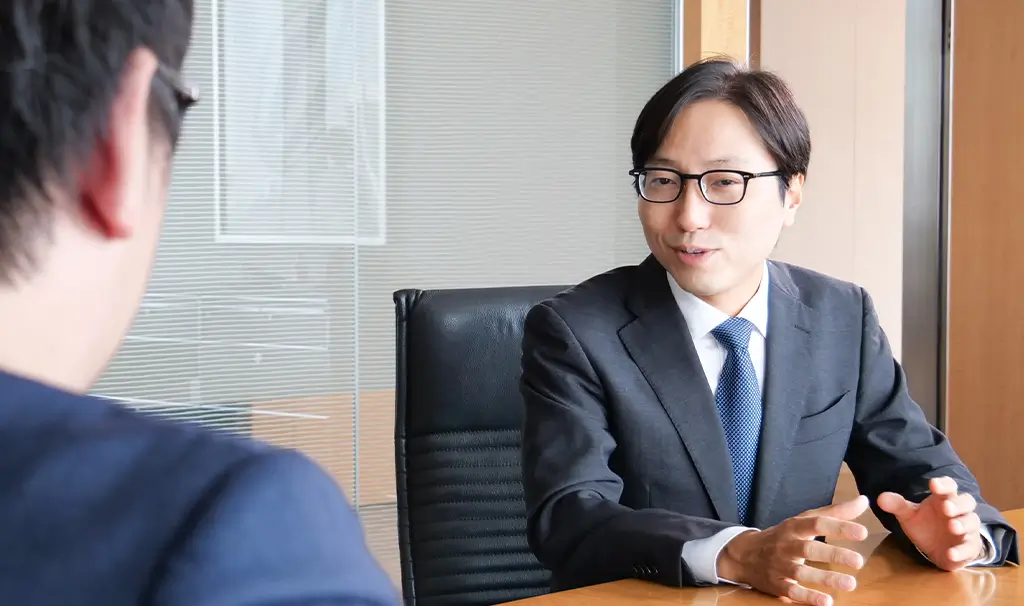
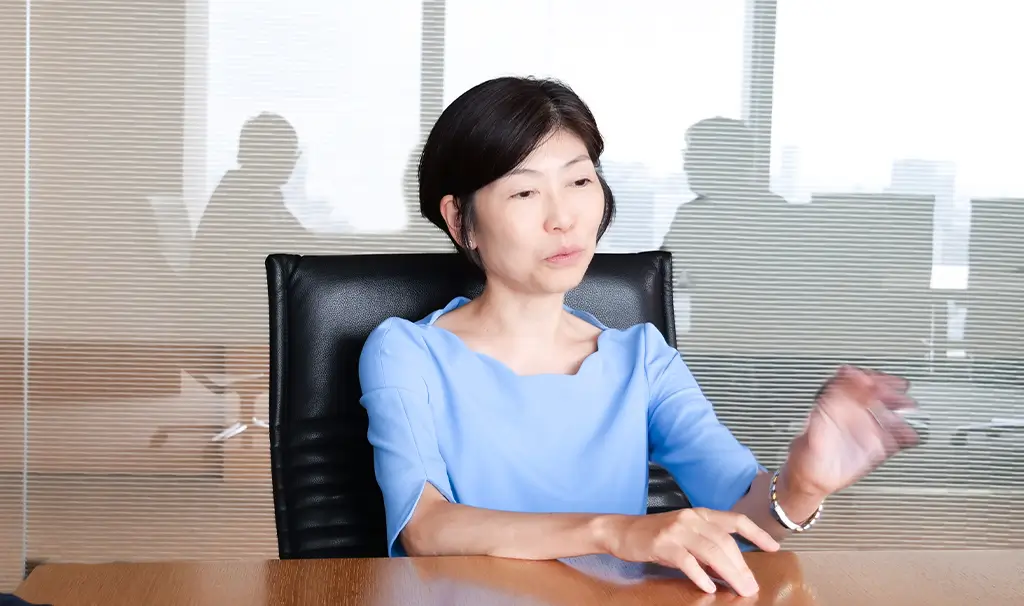

Hattori

Kondo

Osawa

Kondo

Osawa

Kondo

Osawa

Kondo

Osawa

Kondo

Osawa

Hattori

Kondo

Osawa

Kondo

Osawa

Kondo

Osawa

Kondo

Hattori

Osawa

Hattori

Osawa

Hattori


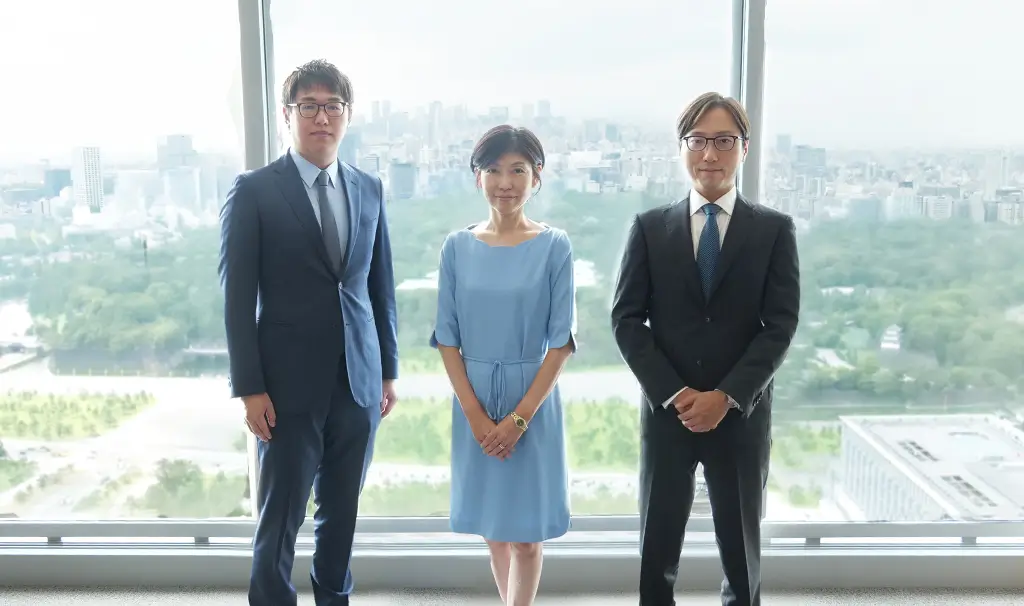
This roundtable discussion is intended to provide brief general information for your reference only and does not constitute legal advice from the firm. The opinions expressed are the personal views of the authors and do not represent the views of the firm. Due to the nature of the information being general information, the citation of the text and sources of laws and regulations may be intentionally omitted. Please always consult a lawyer on issues relating to individual specific cases.